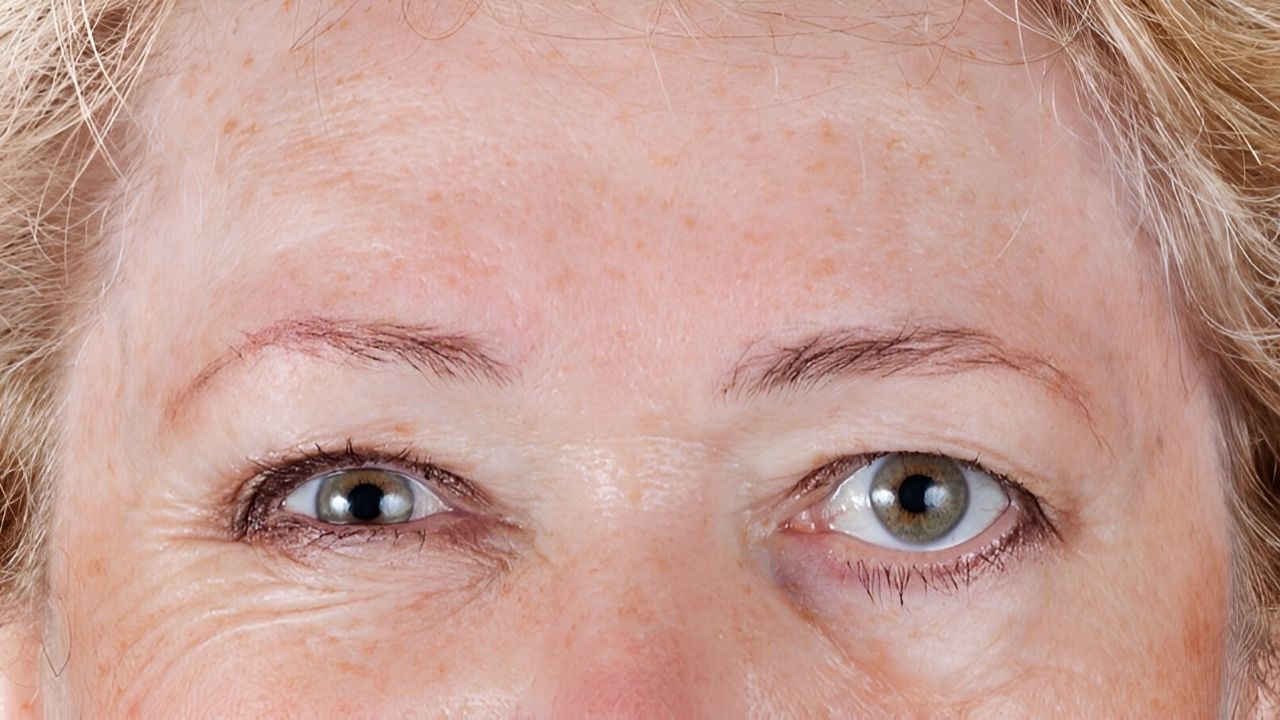
Steele–Richardson–Olszewski Syndrome, also known as Progressive Supranuclear Palsy (PSP), is a rare brain disorder that affects movement, balance, and eye control. Named after the three doctors who first described it, this condition can be quite challenging to manage. PSP often gets mistaken for Parkinson's disease due to similar symptoms, but it progresses more rapidly and lacks the typical tremors. Understanding this syndrome is crucial for early diagnosis and better management. In this post, we’ll explore 25 intriguing facts about Steele–Richardson–Olszewski Syndrome, shedding light on its causes, symptoms, and treatment options. Whether you're a caregiver, patient, or just curious, these facts will provide valuable insights into this complex condition.
Key Takeaways:
- Steele–Richardson–Olszewski Syndrome, or PSP, is a rare brain disorder affecting movement, speech, and mood. Early detection and various treatments can help manage symptoms and improve quality of life.
- Ongoing research aims to better understand PSP and develop new treatments, including genetic factors, tau protein, clinical trials, stem cell research, and biomarkers. With the right support, patients can maintain a good quality of life.
What is Steele–Richardson–Olszewski Syndrome?
Steele–Richardson–Olszewski Syndrome, also known as Progressive Supranuclear Palsy (PSP), is a rare brain disorder. It affects movement, control of walking, balance, speech, swallowing, vision, mood, and behavior. Here are some intriguing facts about this condition.
-
Rare Disorder: Only about 3 to 6 people per 100,000 are diagnosed with PSP, making it a rare neurological condition.
-
Named After Discoverers: The syndrome is named after three neurologists—John Steele, J. Clifford Richardson, and Jerzy Olszewski—who first described it in 1963.
-
Affects Brain Cells: PSP primarily affects brain cells in the brainstem, basal ganglia, and cerebral cortex, leading to a variety of symptoms.
-
Movement Issues: One of the hallmark symptoms is difficulty with balance and walking, often leading to frequent falls.
-
Eye Movement Problems: Patients often experience problems with eye movements, particularly the ability to look up or down.
Symptoms and Diagnosis
Understanding the symptoms and how PSP is diagnosed can help in early detection and management.
-
Early Symptoms: Early signs include stiffness, awkward movements, and changes in posture.
-
Speech Difficulties: As the disease progresses, speech becomes slurred and slow, making communication challenging.
-
Swallowing Issues: Difficulty swallowing, known as dysphagia, is common and can lead to choking or aspiration pneumonia.
-
Mood Changes: Depression and apathy are frequent, affecting the patient's overall quality of life.
-
MRI Scans: MRI scans can show brain shrinkage in areas affected by PSP, aiding in diagnosis.
Treatment and Management
While there is no cure for PSP, various treatments can help manage symptoms and improve quality of life.
-
Medication: Drugs like levodopa, used for Parkinson's disease, can sometimes help with movement issues, though the effects are often limited.
-
Physical Therapy: Regular physical therapy can help maintain mobility and reduce the risk of falls.
-
Speech Therapy: Speech therapists can assist with communication and swallowing difficulties.
-
Occupational Therapy: Occupational therapists help patients adapt their daily activities to maintain independence.
-
Support Groups: Joining support groups can provide emotional support and practical advice for patients and caregivers.
Research and Future Directions
Ongoing research aims to better understand PSP and develop new treatments.
-
Genetic Factors: Researchers are investigating genetic factors that may contribute to the development of PSP.
-
Tau Protein: Abnormal accumulation of tau protein in the brain is a key feature of PSP, and scientists are exploring ways to target this protein.
-
Clinical Trials: Various clinical trials are underway to test new drugs and therapies for PSP.
-
Stem Cell Research: Some studies are looking into the potential of stem cell therapy to repair damaged brain cells.
-
Biomarkers: Identifying biomarkers could lead to earlier diagnosis and more targeted treatments.
Living with PSP
Living with PSP presents unique challenges, but with the right support and strategies, patients can maintain a good quality of life.
-
Home Modifications: Making home modifications, like installing grab bars and removing tripping hazards, can enhance safety.
-
Assistive Devices: Using assistive devices such as walkers and communication aids can help maintain independence.
-
Nutritional Support: A dietitian can provide guidance on managing swallowing difficulties and ensuring proper nutrition.
-
Mental Health: Addressing mental health through counseling and medication can improve overall well-being.
-
Caregiver Support: Providing support for caregivers is crucial, as they play a vital role in the patient's care and quality of life.
Final Thoughts on Steele–Richardson–Olszewski Syndrome
Steele–Richardson–Olszewski Syndrome, also known as Progressive Supranuclear Palsy (PSP), is a rare brain disorder that affects movement, balance, and eye control. Understanding its symptoms, like frequent falls, stiffness, and difficulty with eye movements, can help in early diagnosis. Although there's no cure, treatments focus on managing symptoms and improving quality of life. Research continues to explore potential therapies and better diagnostic tools. Awareness and support for those affected by PSP are crucial. If you or someone you know shows signs of this condition, consult a healthcare professional for guidance. Remember, staying informed and proactive can make a significant difference in managing Steele–Richardson–Olszewski Syndrome.
Frequently Asked Questions
Was this page helpful?
Our commitment to delivering trustworthy and engaging content is at the heart of what we do. Each fact on our site is contributed by real users like you, bringing a wealth of diverse insights and information. To ensure the highest standards of accuracy and reliability, our dedicated editors meticulously review each submission. This process guarantees that the facts we share are not only fascinating but also credible. Trust in our commitment to quality and authenticity as you explore and learn with us.
